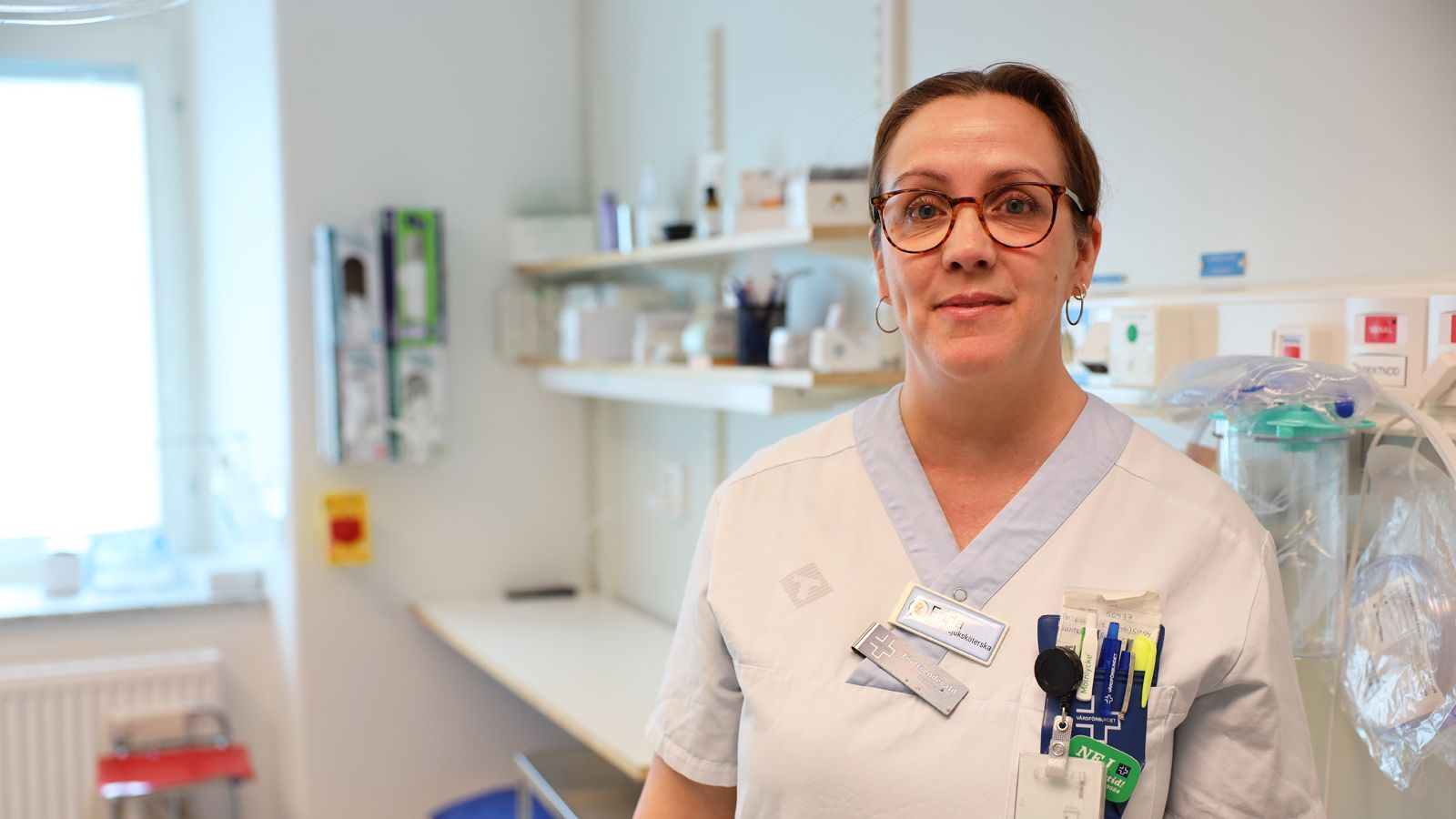Most people know that the sun's rays can cause cancer – yet many people get sunburned, and few protect themselves adequately. But did you know that children's UV clothing deteriorates over time or that the relationship between sunbathing and cancer is similar to the relationship between smoking and lung cancer?
After a long, dark winter in Västerbotten, many people want to be outside when the sun shines and the temperature rises. But as with many things, too much sun can be harmful and, in the worst case, lead to skin damage or skin cancer. The relationship between tanning and skin cancer is similar to the relationship between smoking and lung cancer.
Basal cell carcinoma, squamous cell carcinoma and malignant melanoma are three different types of skin cancer. Malignant melanoma is among the most common forms of cancer in Sweden. The number of cases has doubled during the first decade of the 21st century. It can affect anyone, but the average age at diagnosis is between 60 and 70 years.
– The sun is the biggest cause of skin cancer. Skin cancer takes time to develop and you can see a delay in diagnosis. It is not unusual for people who travelled a lot abroad and did not use sunscreen when they were younger to receive a diagnosis when they are in their 70s, says Frida Edinfors, a nurse who has worked for six years at the Skin and Sexually Transmitted Diseases Clinic in Västerbotten.
– Everyone has a different sensitivity to the sun. Even if your skin is less sensitive to the sun, that doesn't mean you can ignore protection. You can still be at risk for skin damage and skin cancer even if you have dark skin that's very rich in melanin and never burns in the sun, says Frida Edinfors.
Harmful radiation from the sun is called ultraviolet radiation and is abbreviated as UV or ultraviolet light. There are two main types of UV rays that can cause skin damage. They are called UVA and UVB. Above all, UVB rays are the ones that cause you to burn if you sunbathe too much.
– A tan is also a form of sun damage, and it's the skin's way of saying, “Now it's too much.” If you burn yourself, your skin will be red, hot, and stinging. The sun can also cause blisters, or even eczema in the worst cases, says Frida Edinfors.
Sun eczema is particularly common in early summer when the skin is unused or hardened. The vast majority of people with mild skin problems do not need to seek care, but sometimes it may be necessary to contact primary care for help. In more serious cases, primary care can send a referral to the Skin and Sexually Transmitted Diseases Clinic in Västerbotten. Last year they received a total of 13,444 referrals for 11,120 unique patients.
However, the sun also has a number of positive health effects. The sun provides warmth and helps regulate our circadian rhythm. Sunlight also causes the body to produce vitamin D, which, among other things, has a positive effect on our immune system. 20 minutes a day is enough to get the right dose of vitamin D. Despite this, everyone needs sun protection, regardless of age.
– Babies under one year old should never be exposed to the sun. Babies' skin is more sensitive than adults' skin and needs extra protection. Their skin and eyes are not developed for exposure to the sun, says Frida Edinfors.
It is recommended that children wear sun and UV protective clothing even when in the shade.
– Sun protection and clothing complement each other – this applies to adults and children alike. Apply sunscreen first, then clothing – preferably loose-fitting, dark-coloured and with tight seams. A cotton T-shirt roughly corresponds to an SPF of 50, and a cotton T-shirt corresponds to an SPF of 10, says Frida Edinfors.
The sun's ultraviolet rays are strong and can penetrate sunscreen, clothing, and cloudy weather. The best sun protection for children is UV clothing, a hat, and sunglasses to protect the eyes.
– UV clothing is great, but it loses its function over time. Either because it is machine washed or because it simply wears out from use. It also provides less protection if it is too tight and the fabric is stretched, says Frida Edinfors.
More tips on how to protect yourself from the sun can be found on 1177.
Frida Edinfors
Contact the nurse and the operating manager for skin cancer treatment.
Vasterbotten area
090-785 20 63
Anneli Haglund
Communications staff
Vasterbotten area
076-842 70 70

“Extreme tv maven. Beer fanatic. Friendly bacon fan. Communicator. Wannabe travel expert.”







More Stories
Why Rare Earth Metals for Electric Cars Are Crucial for Modern Mobility
“We want to promote critical rules approach”
“A lot happened during the trip,” Jönköping County Council